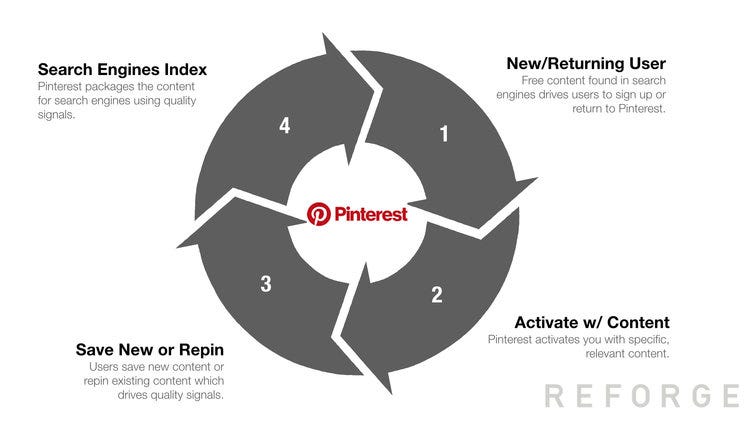Mastermind, a dope growth hack, my new favourite productivity tool, and more | NR#24
Starting with your questions from last time
In my previous newsletter, I talked about the “secret” weapon I’ve been using to improve my life continuously: a weekly Mastermind session with three very good friends of mine, where we learn and advise each other on various topics.
I’ve got a few replies with general comments about it, alongside some interesting questions from you (thanks for not allowing this edition to flop completely).
1) How did your group start, and how can I find the right people to create my own?
It all started with an invitation for my friend and ex-business partner, Yuri Moreno. He shared this article about “The Elephants,” a modern Mastermind group (an idea introduced by Napoleon Hill, the author of one of the most-sold books ever).
What’s important to say here, though, is that I already knew everyone from the group: Caio Mattos and Denis Andrade. I already respected them and had a good idea about what it was like being around them. So when Yuri told me they were on board, I already knew it’d be foolish of me not to give it a try.
If I were to create a new Mastermind today, I’ll sit down with myself and think of people that:
- I could learn a lot from more than one area
- Have at least one area of their life where they’re “ahead” of me: fitness, relationships, finances, work, or mindset-wise.
- Someone I’d trust with my money and my wife
- Someone I’d enjoy being around
After I put that list on paper, I’d ask those people if they’d like to create a Mastermind with you. If they say yes, then use the answer to the following question as a map to decide what to talk about.
2) How do you decide what to talk about? Do the meetings always have the same format?
We have two types of sessions: fixed commitments and discussions.
The fixed ones currently are:
- Reset reviews: every month, we share updates on goals and progress around: health, relationships, work, finances, and hobbies
- Book/Documentary Club: every ±6 weeks, we sit down to discuss what we just read or watched. Then every ±3 months, we vote on what we want to read or watch. From documentaries on plant-based diets and e-sports to the most interesting authors I got to know – like Seneca, Victor Frankl, and Franz Kafka – we try to pick reads that will open our minds to something new.
- Game nights: we fill the gaps with simple multiplayer games to wind off and talk shit. We started with Poker, and last week we played Unrailed for the first time (this game is really fun, btw!).
Then we have sessions where it’s all about learning new stuff. It can be something that one of us knows more than the others (I talked about Freud and Phenomenology once, for example), or we bring a guest to teach us something cool and different (let me know if you want to be one of them), or if one of us needs to share a deeply personal problem, then we also have a safe space to talk it through and help. Those are the sessions we bond, I think.
3) What about the other things? Like, are there any downsides to having such a group?
Great question. There are also problems involved, of course, although I wouldn’t necessarily label them as bad.
The hardest thing is keeping accountability and having everybody aligned as much as possible. To keep it simple, we created a spreadsheet with all the dates and the theme of each day – and then we put it on paper if someone misses a meeting.
We also created the rule that if just one of us can’t attend, the others will go on without that person. That’s to avoid a situation where one person spoils the commitment of the rest.
Then the other thing is that it’s natural that everybody will not be 100% committed all the time. Only some people will think that the topic for discussion is super interesting. So I guess it’s also about being thoughtful and transparent to each other and enduring when things aren’t going well.
—
So, that was it. I hope that is enough information for those who are considering creating something similar and inspiring others who miss being part of a group with like-minded people. If you have more questions, hit reply 🙂
This meme from Anna R. made me spill my coffee:
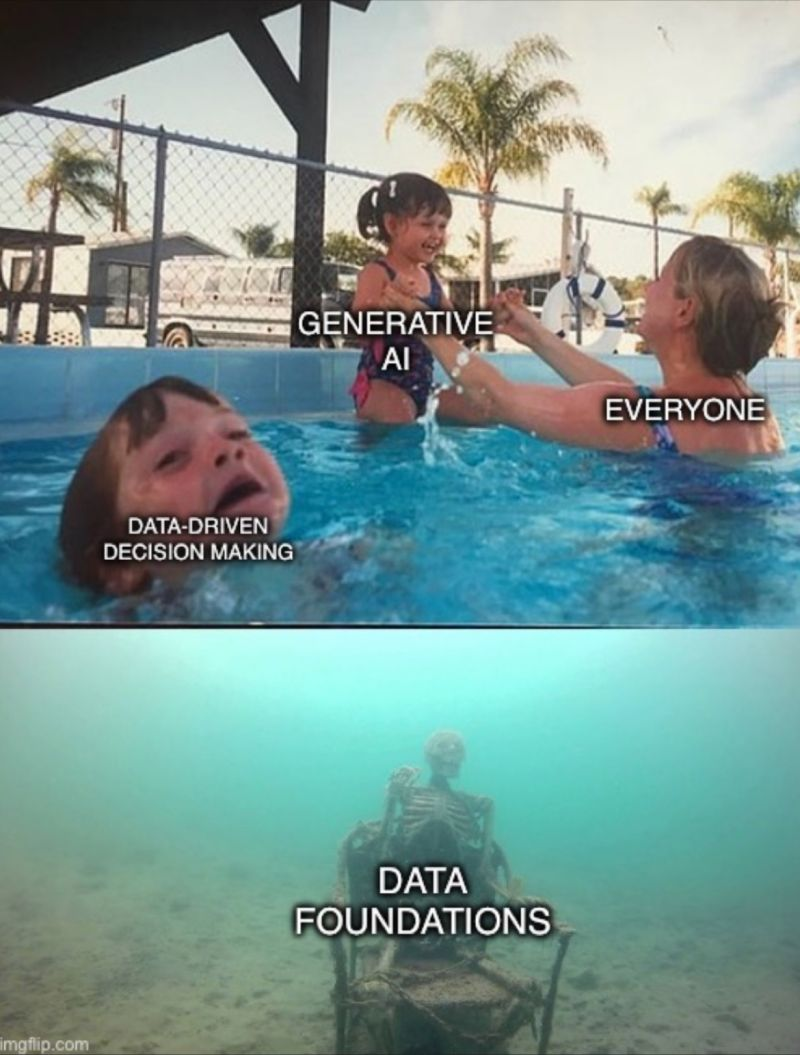
A brutal “sad but true” moment.
Btw: I plan to bring AI to Easy App Reports later this year. The idea is to provide actionable insights and optimization suggestions based on the data we bring from the app stores and other sources. The thing is that most companies don’t have the fundamentals in place to leverage AI for data analysis. So I see this as a big, juicy, business opportunity if you ask me.
A dope growth hack from a Portuguese fintech
When my partner and I incorporated Easy App Reports as RC5 Lda in Portugal, we got this remarkable letter from Coverflex just a few weeks after we started operating.
I’ve been following these guys on LinkedIn for a while now, as they seem to have a pretty exciting way to run Growth there. I found this letter a perfect example of how startups need to think outside the box and go offline (why not?) to get their customers:
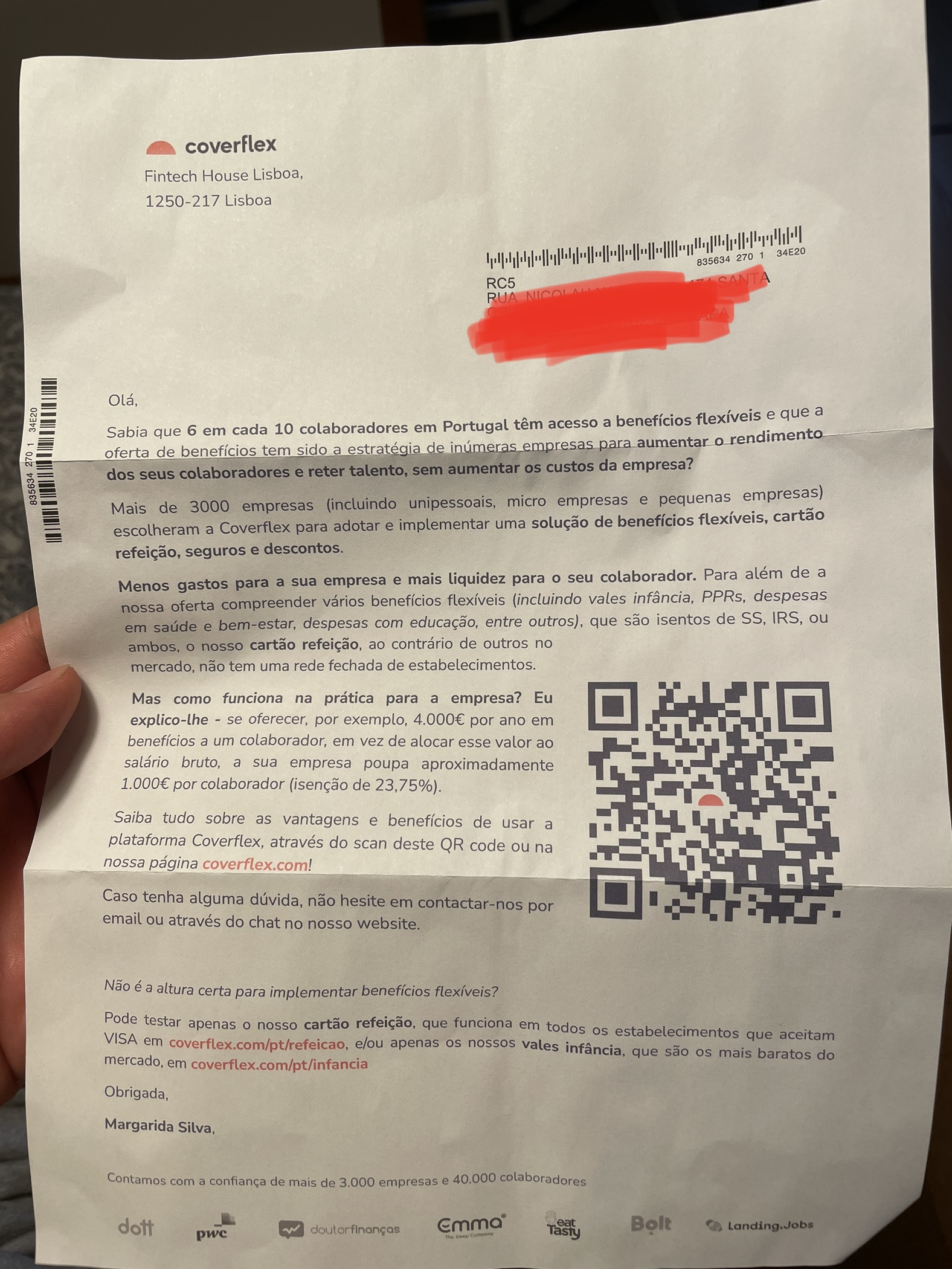
A few components that I found interesting about it:
- Using bold text to highlight business problems and tease the customer
- A calculation of how much value they can create (who on earth wouldn’t want to save 1k euros per year per employee?)
- Clear call to action via the QR code and other links
- Social proof at the bottom
Way to go, guys 😉
How to Google Ads your app
Thomas Petit has the best Twitter account for app marketers out there. This week he went beyond and wrote this guide on how to run Google Ads campaigns for apps. A must-read if you’re getting into the weeds of UA.

📕 Books I’m reading
Love: How to rethink Marketing for Digital Products: I got this book as a gift from Patrick Goldsteen and I have already recommended it to at least five people since I started reading it. This is an excellent book for anyone considering moving into Product Marketing or if you’re a Product Manager who wants to know how to market your product better.
🛠️ Tools I’ve been using
My prayers were listened to: finally, someone solved the problem of dealing with multiple calendars and project management tools. Let me introduce you to Akiflow.
As an independent consultant and entrepreneur who struggles with focusing, it’s easy to get lost in all the different commitments I’m making with multiple people. With Akiflow, that’s no longer a problem. I’ve been using them for about two weeks now, and it’s been a total game-changer. Now I finally have clarity on what should I prioritize my tasks during the day, even if they’re spread in Jira, Notion projects, Trello, and email.
Use my referral link to get $10 in credits (I’ll also get $10). Akiflow is not sponsoring this newsletter, by the way.
💡 Quote I’m pondering
Someone power-hungry makes a new rule at your workplace. It’s unnecessary. It’s counterproductive. It’s an irritant. It removes some of the pleasure and meaning from your work. But you tell yourself it’s all right. It’s not worth complaining about.
Then it happens again.
You’ve already trained yourself to allow such things by failing to react the first time. You’re a little less courageous. Your opponent, unopposed, is a little bit stronger. The institution is a little bit more corrupt. The process of bureaucratic stagnation and oppression is underway, and you’ve contributed by pretending that it was OK. Why not complain? Why not take a stand? If you do, other people, equally afraid to speak up, may come to your defence. And if not—maybe it’s time for a revolution. Maybe you should find a job somewhere else, where your soul is less in danger from corruption.
12 Rules for Life, Jordan B. Peterson
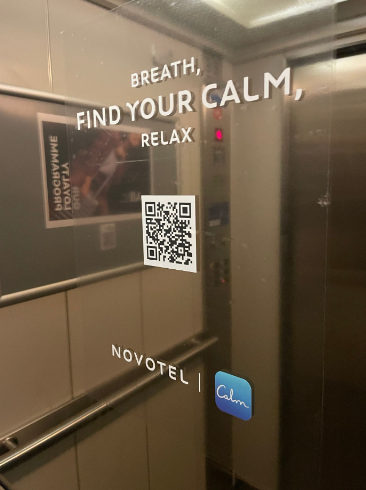
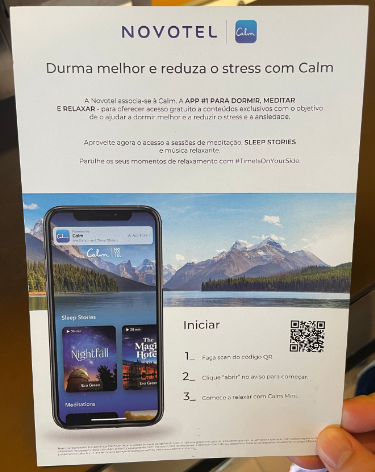

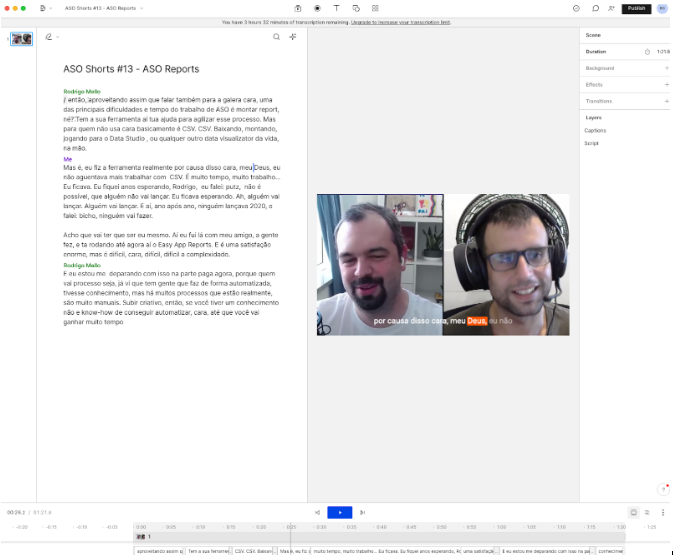

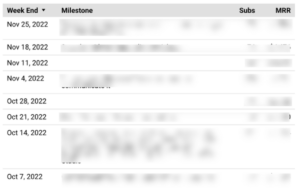

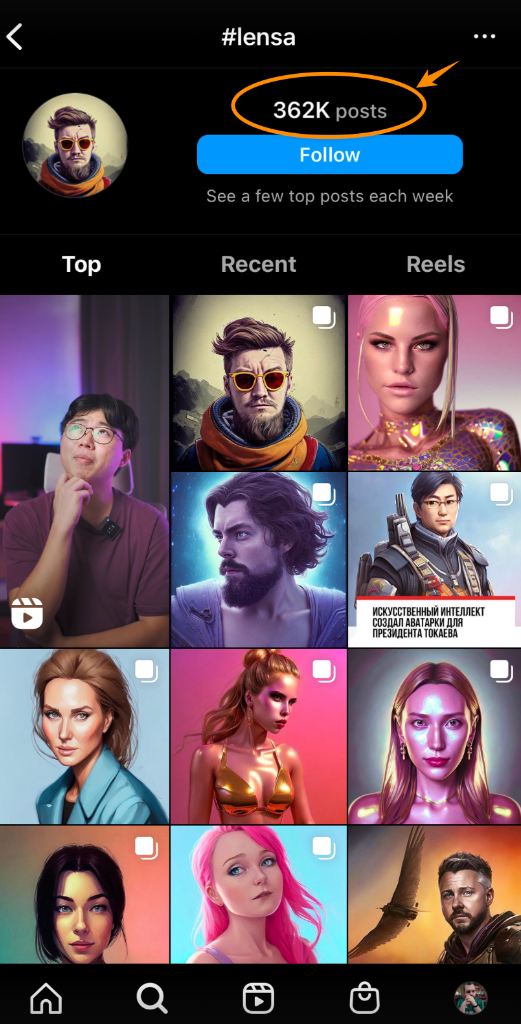
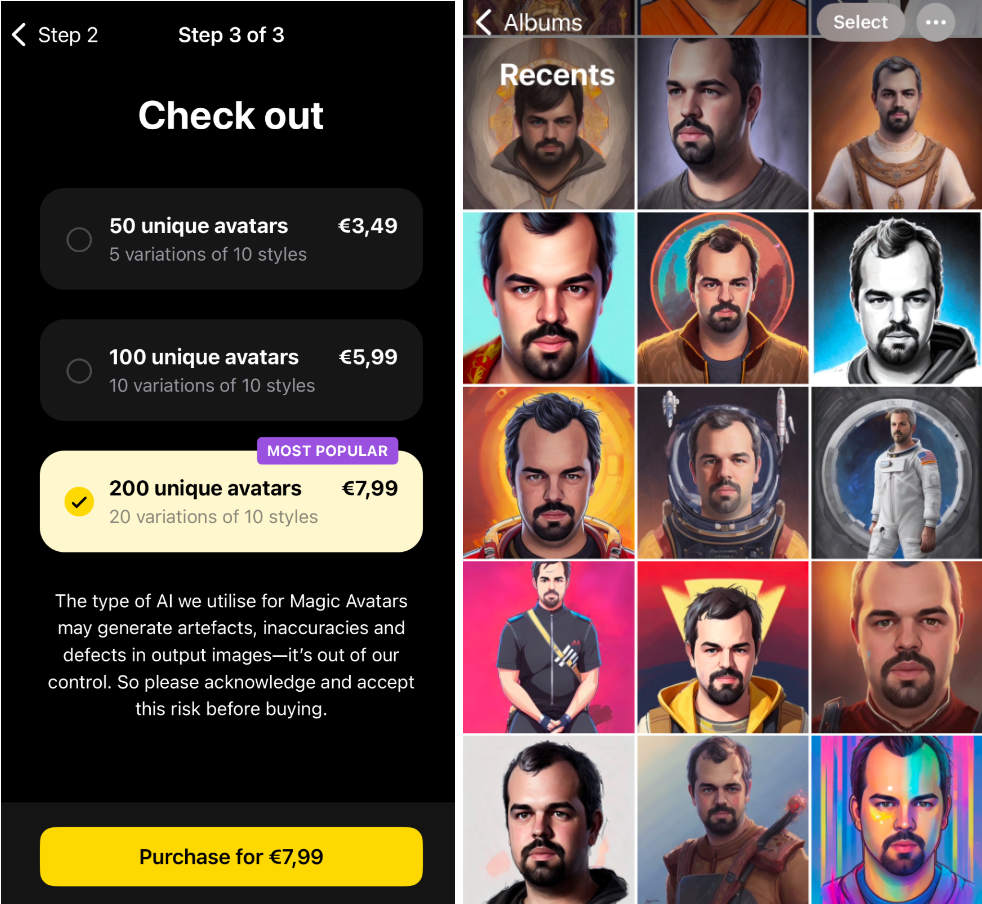
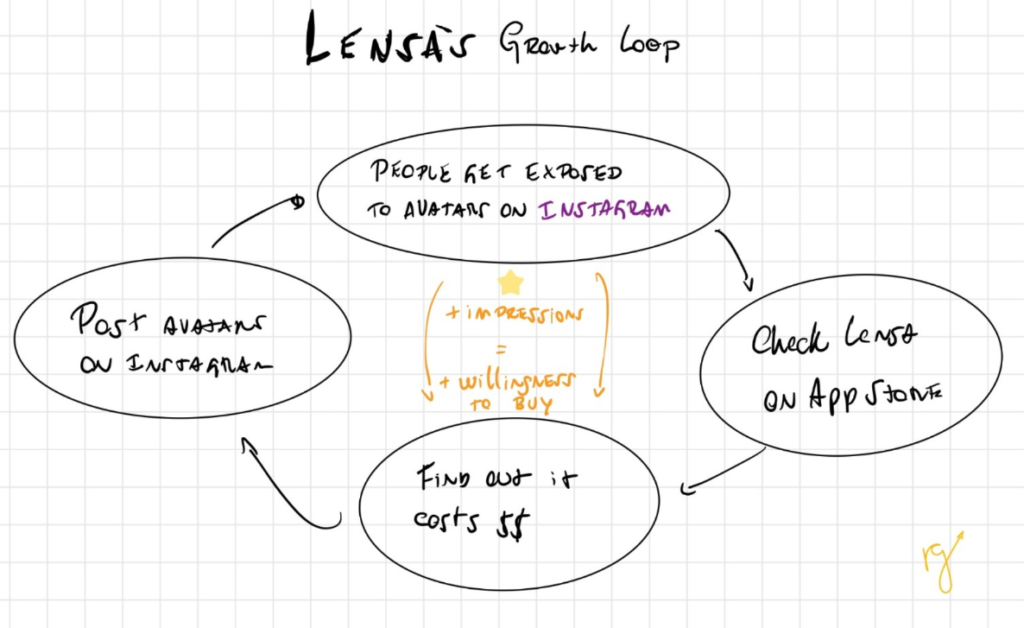






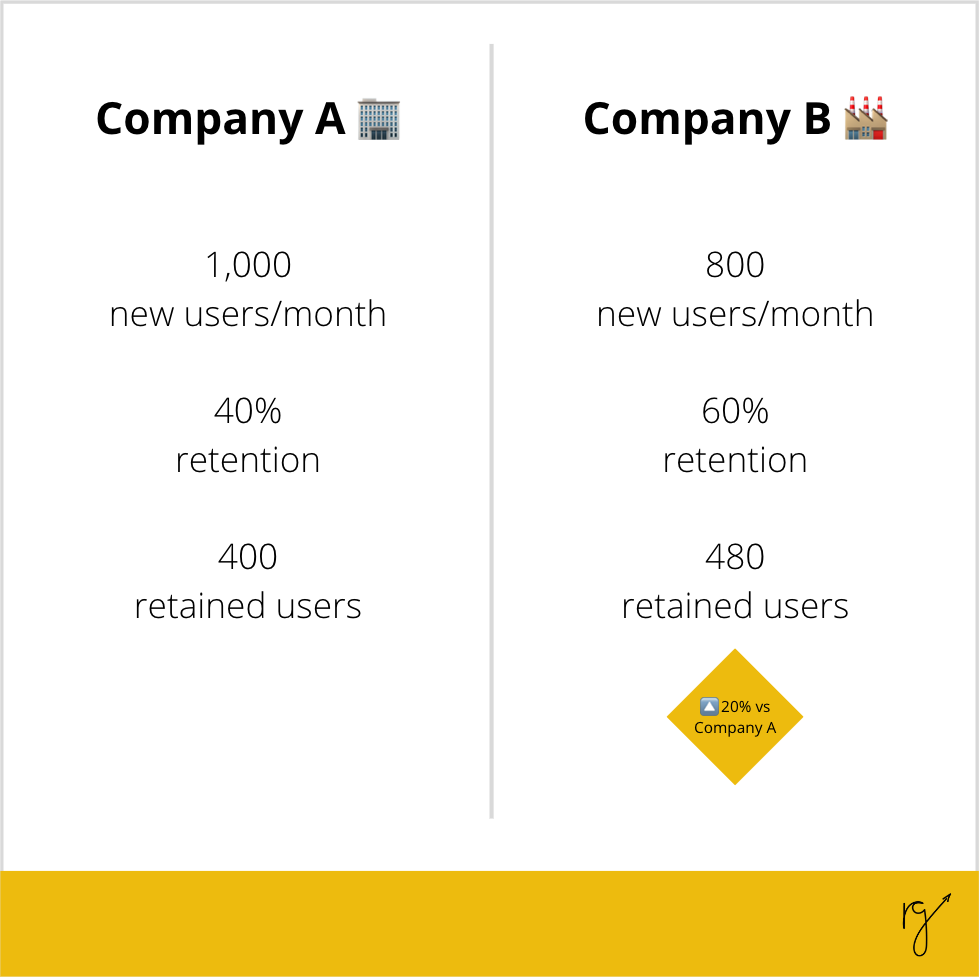
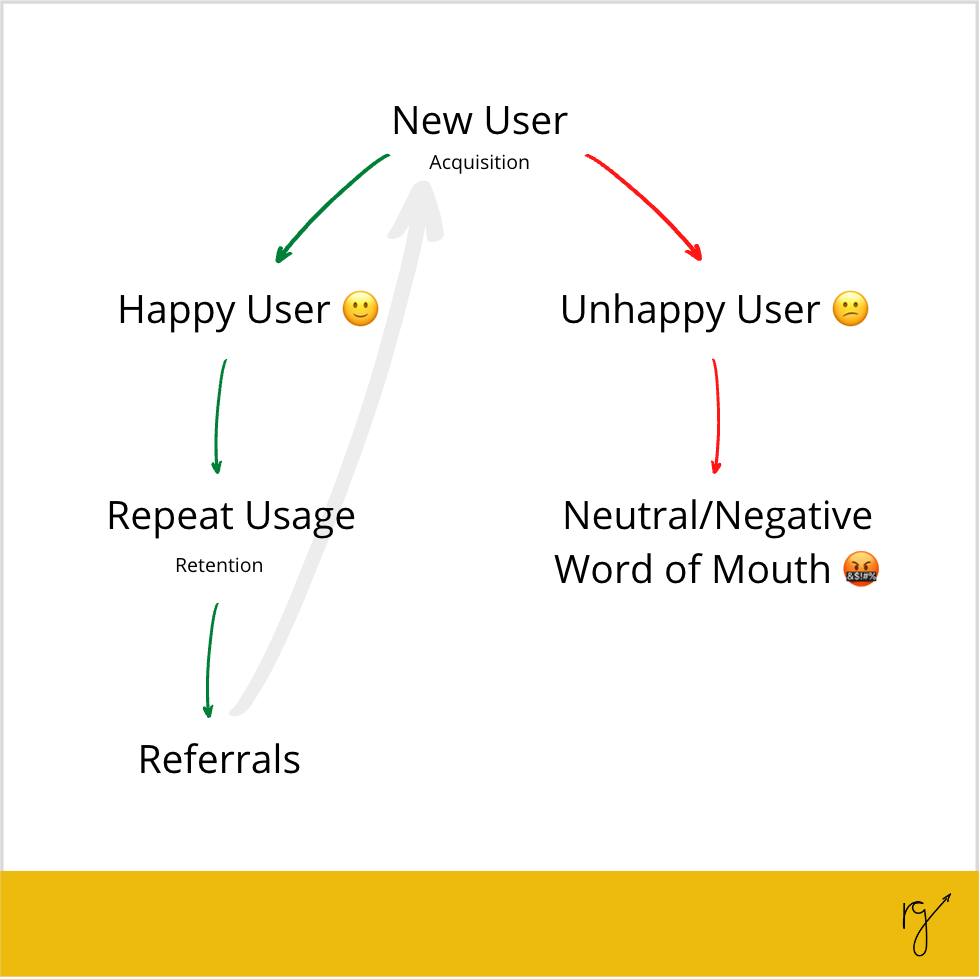
 Podcasts I’ve been listening
Podcasts I’ve been listening Tools I’m using
Tools I’m using


